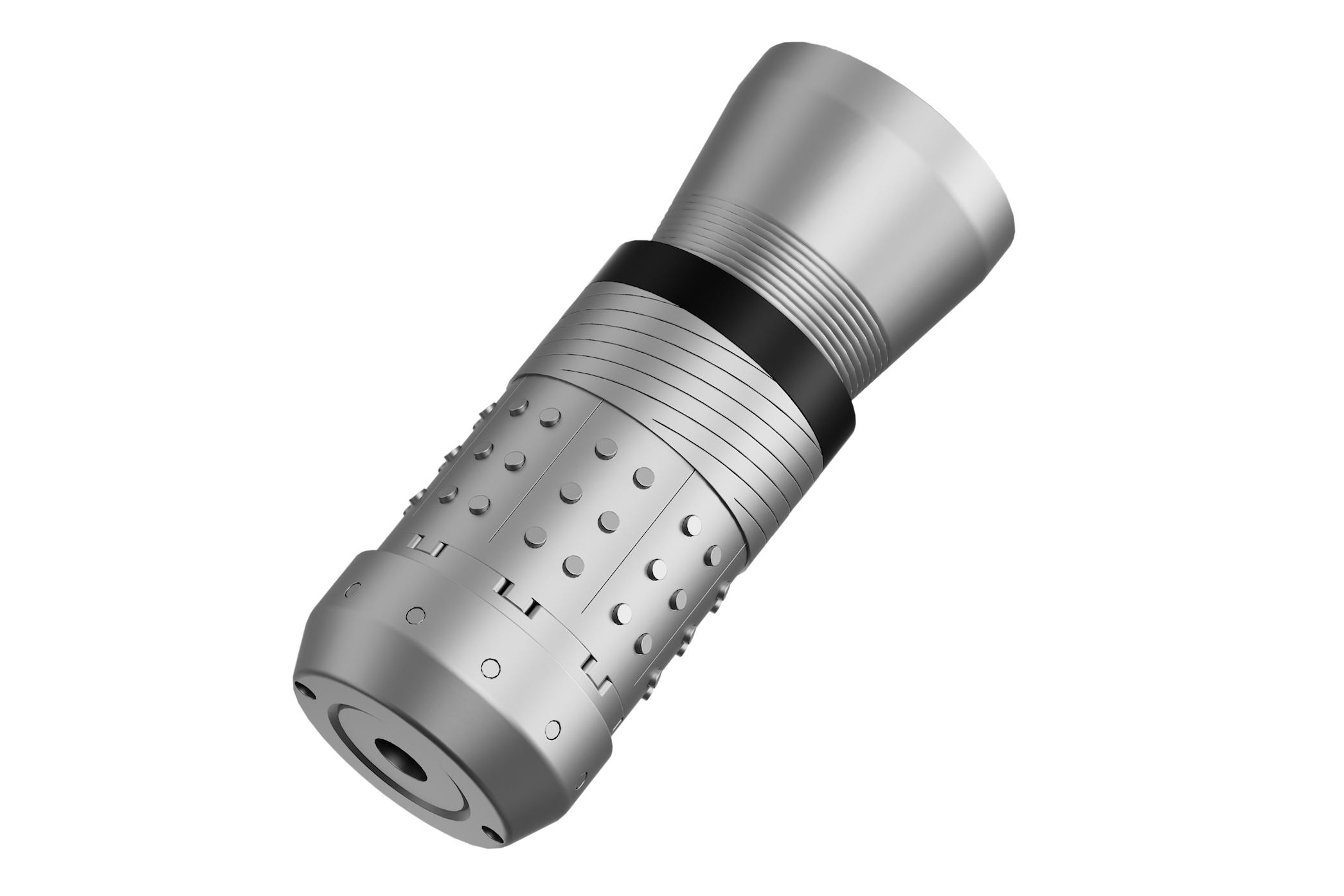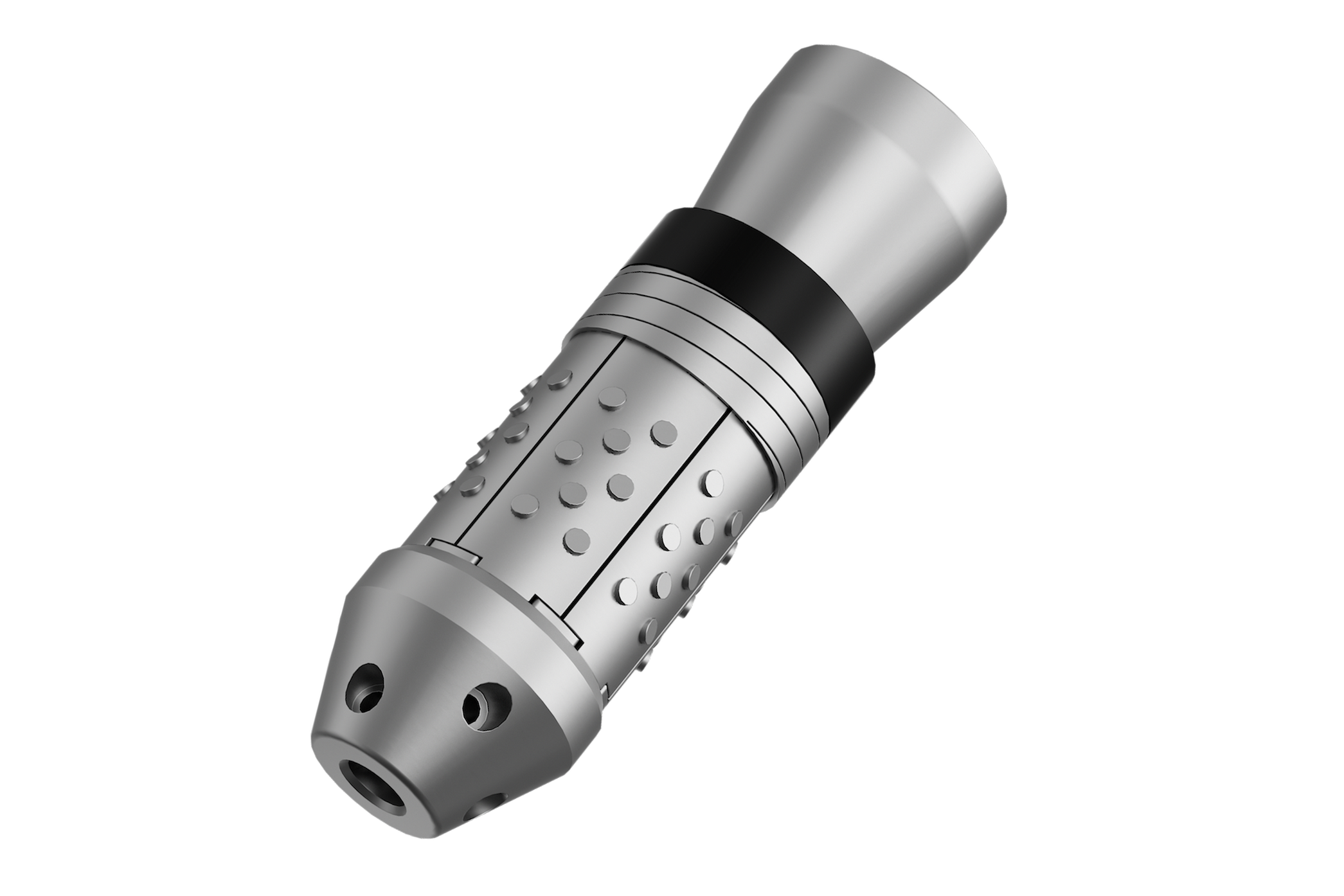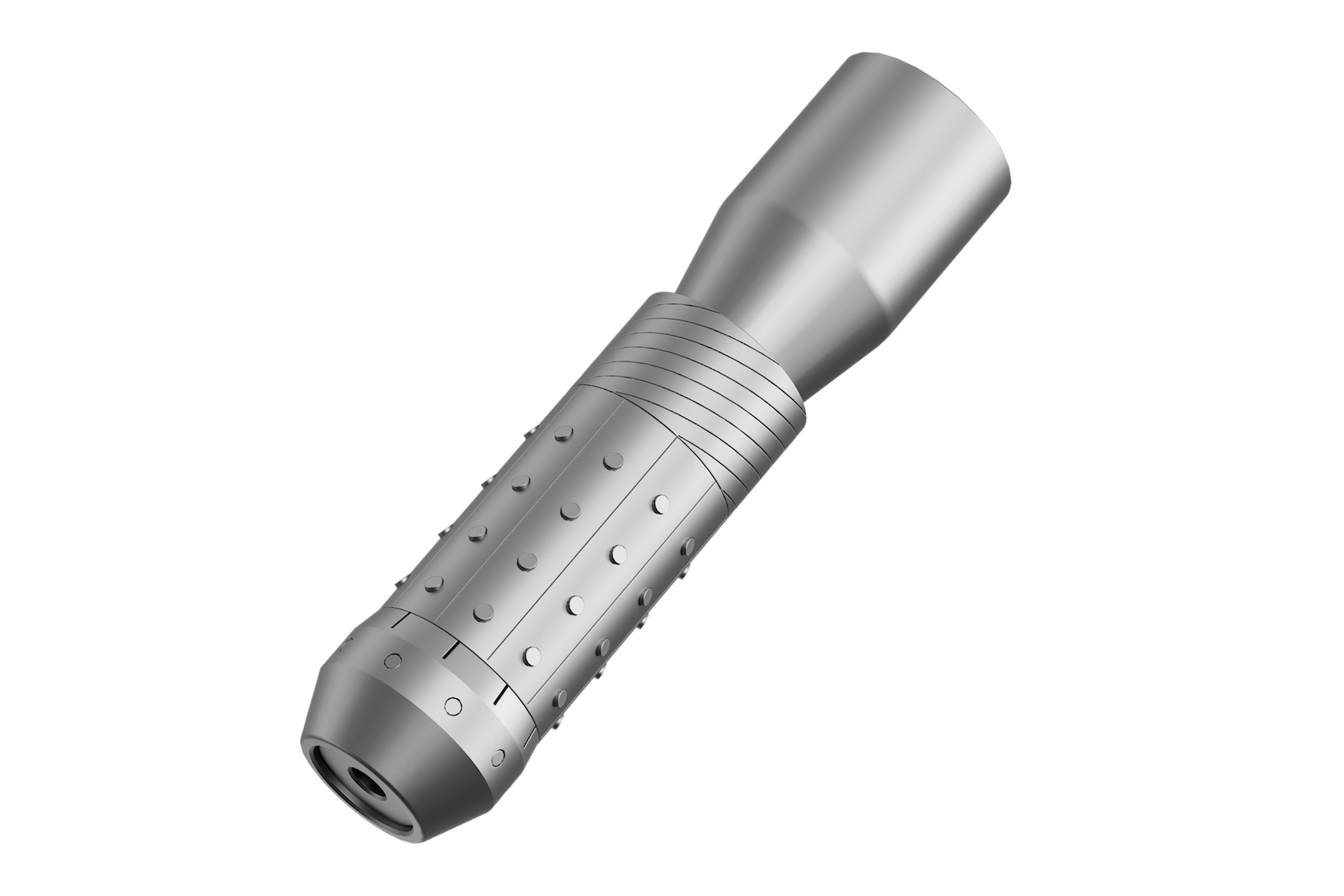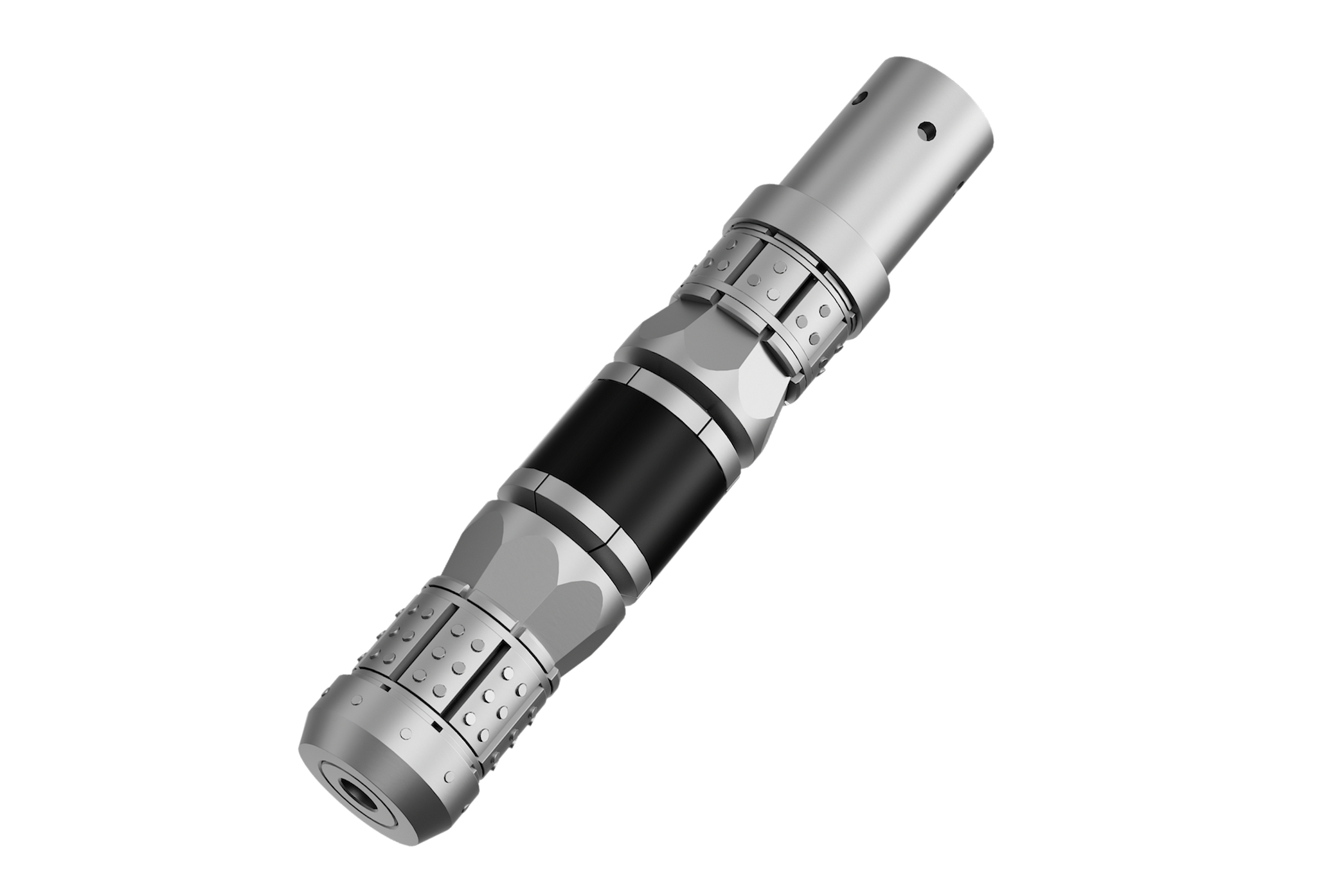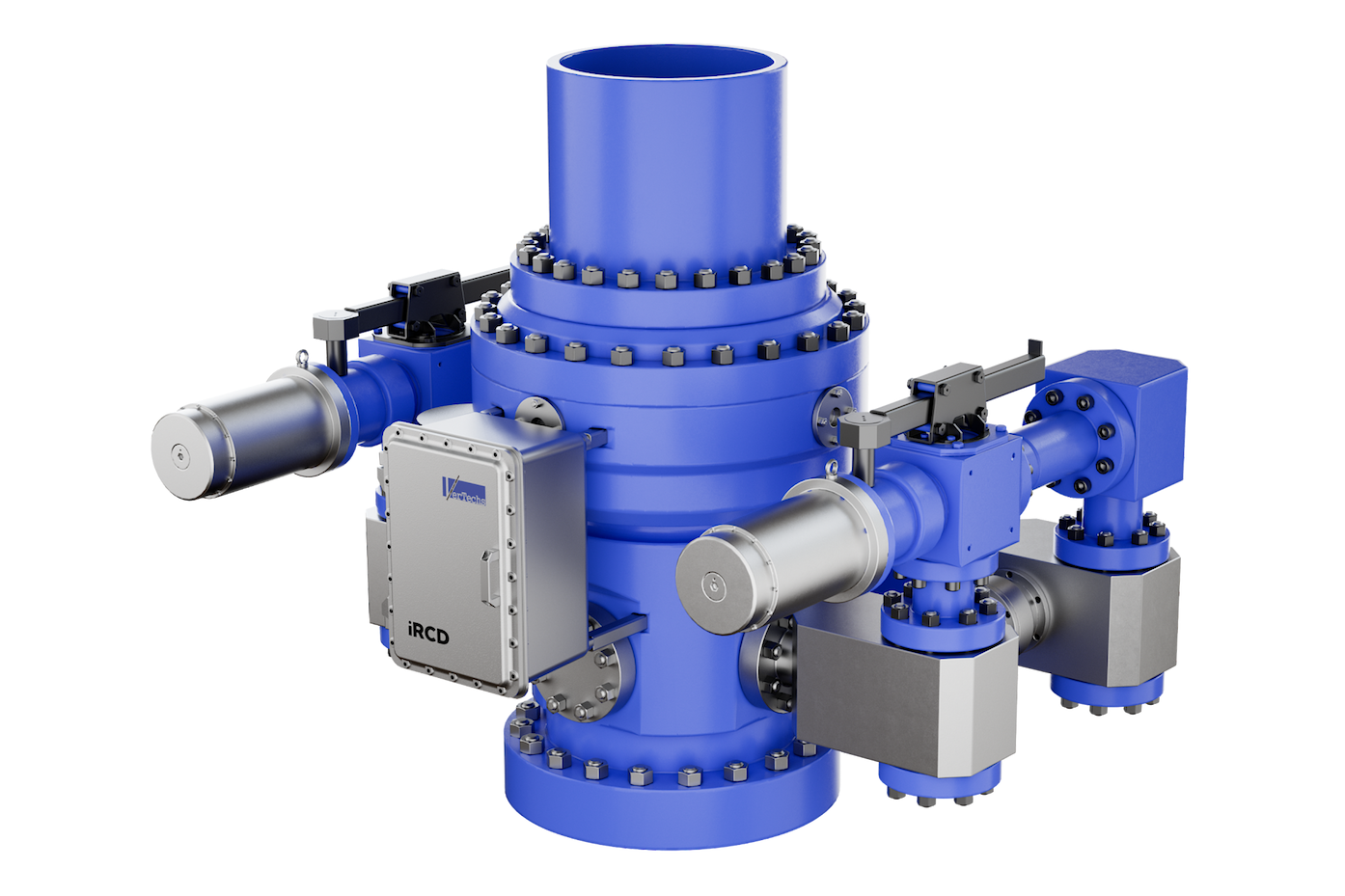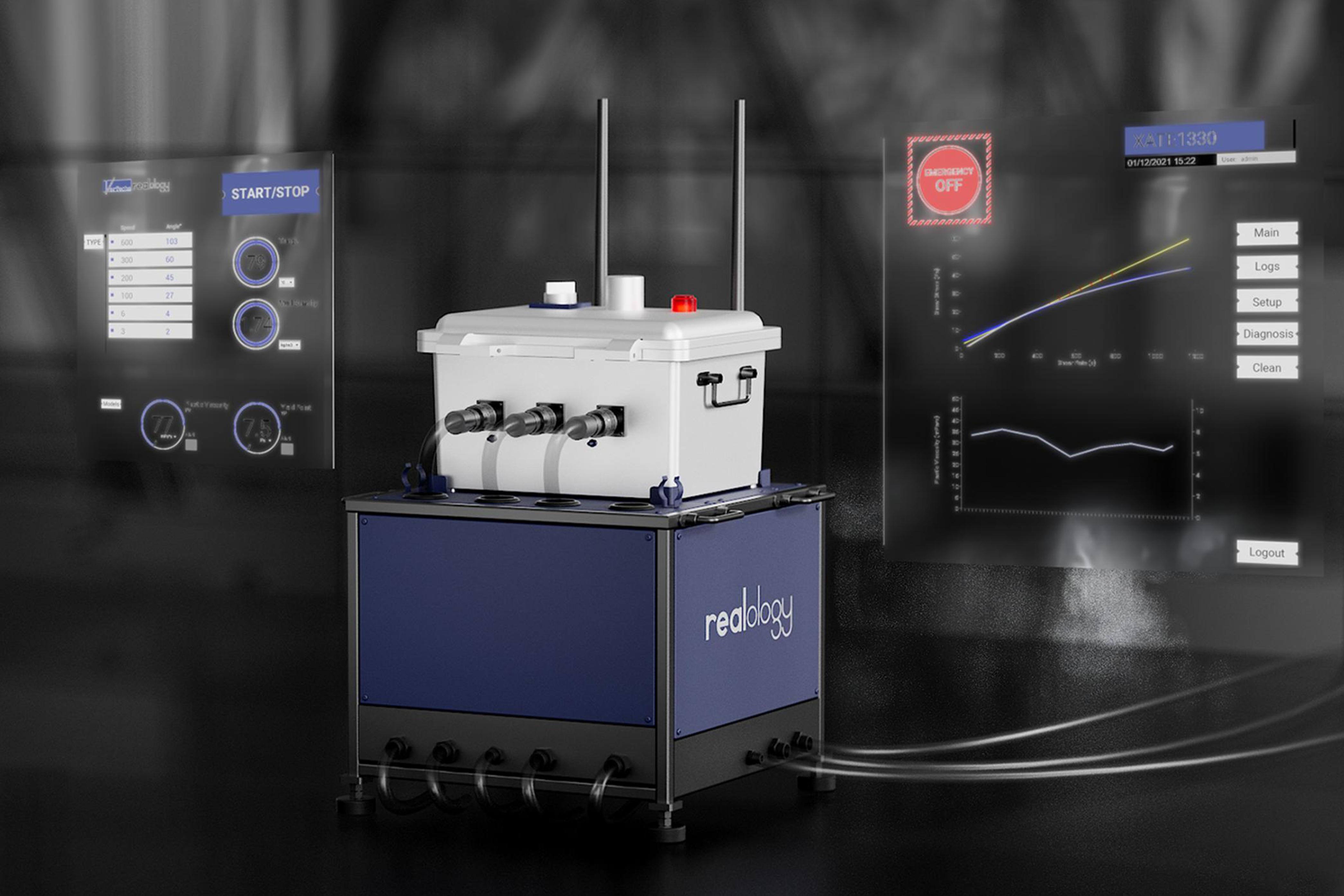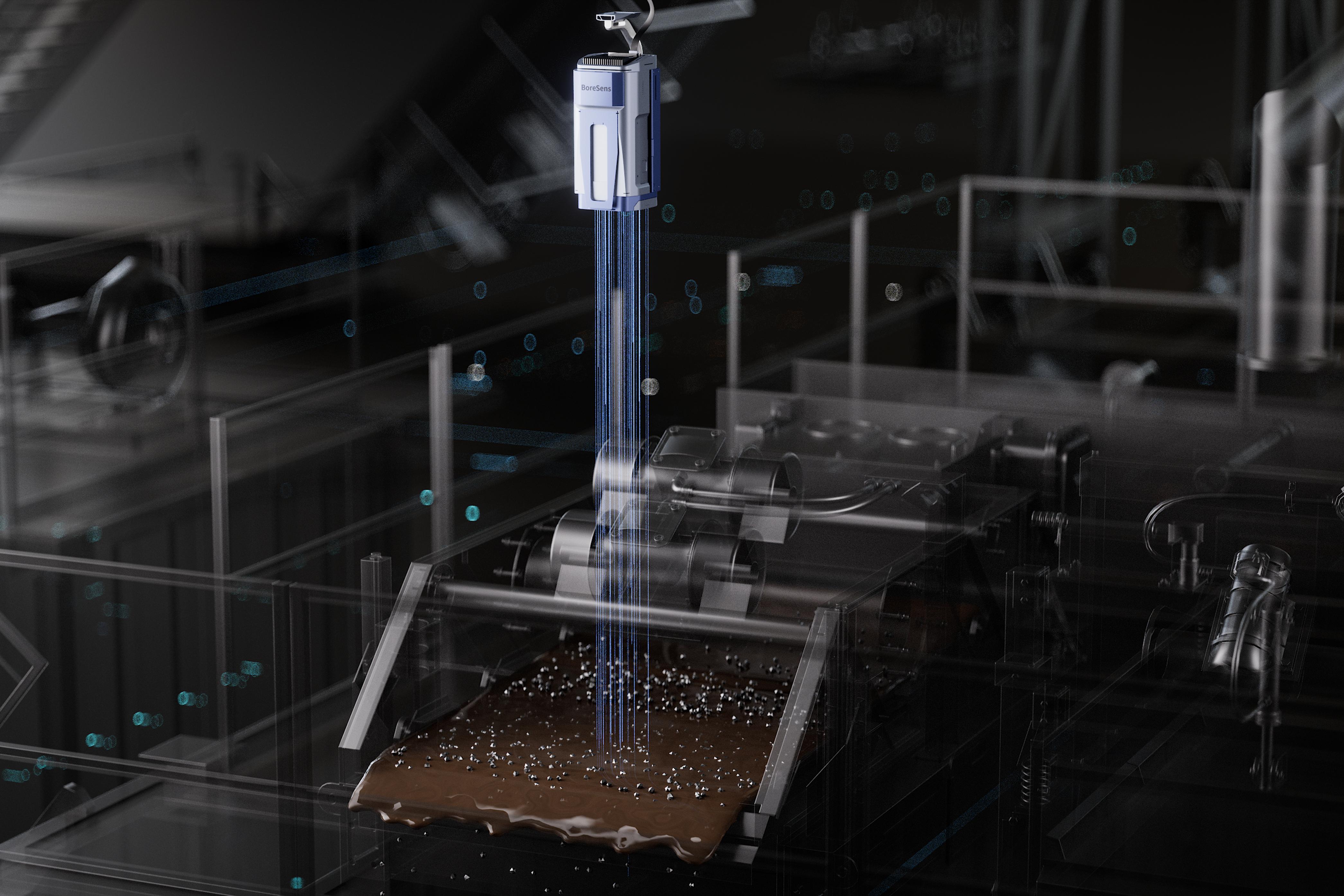The Role of Fluid Rheology in Enhancing Well Control Strategies
2025-09-04
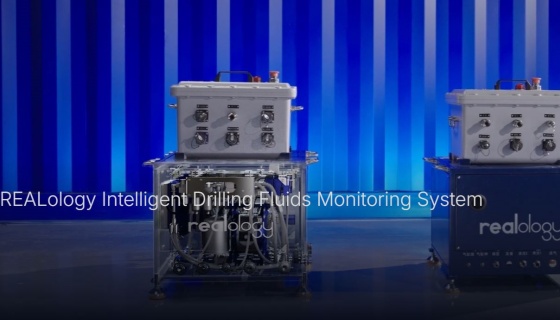
In the dynamic and challenging world of drilling operations, security and efficiency remain top priorities. As energy demand increases, operators are seeking new solutions to mitigate constant risks, minimize downtime, and enhance performance. In many factors that affect drilling success, one region has attracted significant attention: the study of fluid behavior under different circumstances. Understanding how drilling fluid reacts and performs, is important to ensure stability in Welborner, maintain pressure balance, and prevent unwanted events. This is the place where liquid rheology becomes a central element in increasing the well control strategies.
Understand the basics
Before delving into advanced aspects, it is essential to clarify what the term actually means. Fluid mechanics is the study of how fluids deform and flow when subject to external forces. Drilling functions involve analyzing how drilling mud or perfection fluids behave under different pressure, temperature, and shear conditions. Regical properties such as viscosity, shrinking thinness, yield, and gel's strength all determine how effectively the fluid can carry cuttings on the surface, prevent settling, and maintain hydrostatic pressure.
On the other hand, well-control practices refer to the collection of technologies, and safety measures are used to maintain stability in Welborn and to avoid dangerous events such as blowouts. It is essentially the ability to manage formation pressures and ensure that drilling continues safely without uncontrolled fluid flow or loss. When combined, the principles of study and pressure management of fluid properties form a foundation for safe, efficient drilling.
Relationship between fluid properties and pressure management
The conversation between fluid rheology and well control strategies is deeply connected. Fluids serve as the first line of defense in stabilizing the welber. A properly engineered drilling mud not only lubricates and cools, but also helps to increase adequate hydrostatic pressure for imbalance formation.
If the fluid is too thin, it cannot provide enough carriage capacity for cutting, which may increase the ups and downs in the blockage, stuck pipe, or downhole pressure. Conversely, if it is very sticky, circulation becomes difficult, pumping costs increase, and formation can cause damage. By analyzing rheological properties, engineers can fix fluids to achieve the right balance between efficiency and pressure control.
This balance is particularly important in complex drilling environments such as high-pressure, high-temperature (HPHT) wells or unconventional structures. In such settings, fluid properties can also result in severe operational challenges as a result of small miscalculations.
Major benefits of integrating radiology well under control
1. Better pressure stability
Realizing how fluids behave in different depths and conditions, engineers can design mud systems that maintain frequent hydrostatic pressure. This formation reduces the risk of kick or uncontrolled flow of fluids.
2. Extended cutting transport
The proper rheological profile ensures that cuttings are effectively moved to the surface without settling in the enlightenment. This not only improves the cleaning of the hole but also reduces the risk of wellbore instability.
3. Customized circulation efficiency
Adjusting fluid behavior allows for smooth circulation, and the pump reduces stress and energy costs. It also improves the accountability of the system when applying well control measures, such as when increasing the mud density.
4. Prevention of formation damage
Careful design, based on rheological properties, helps prevent mechanical stress on excessive filtering invasions or structures, protecting the quality and productivity of the reservoir.
5. Real-time monitoring and adaptation
Modern technologies now allow continuous monitoring of fluid properties during drilling. This means that the fly can be adjusted to ensure that the fluid system remains within the desired performance envelope.
Case Example: HPHT Drilling
High-pressure, high-published environments provide a clear example of why fluid rheology is important to maintain control. In these conditions, fluids often experience viscosity and significant changes in gel strength due to thermal expansion or chemical reactions. Without proper modeling and monitoring, it can give rise to an under-bed position where the formation fluids enter the velboor, or an overlapping position where fractures are formed in the reservoir. Both landscapes pose serious safety and financial risks.
By integrating reservoir modeling in the well plan phase, operators can estimate how the fluids will perform at depth. This allows future stapling capacity engineers to select additives and tailor soil to the yogas that remain stable under extreme conditions, overall well to increase control.
Role of digitization
One of the most exciting developments in recent years is that fluid and pressure management includes digital technologies. Advanced sensors, real-time data transmission, and machine learning algorithms are now being used to predict changes in fluid behavior and explore early warning signals of instability.
For example, automated systems can analyze pressure in pressure, fluid density, and rheological changes in pressure to provide an initial alert of potential kicks. Such systems give operators a significant time benefit to implement corrective measures before growing into a large event. Digitalization also enables better cooperation between the onsite and remote teams, which allows expert guidance and decision-making regardless of the location.
Training and human factor
While technology plays an important role, human expertise remains at the heart of safe drilling practices. Understanding the principles of liquid rheology and its effect on well control requires complete training and hands-on experience. Many drilling schools and industry programs now include simulation-based learning, where engineers and operators can experiment with different fluid scenarios in a controlled virtual environment.
Through the training that integrates proper theoretical knowledge with practical applications, personnel are expected to be well-equipped to meet real-world challenges. From the juxtaposition of an exclusive human mind merged with digital devices to gather full defense against any drilling danger.
Future directions
Looking forward, the study of fluid behavior in drilling operations will continue to grow as new fronts of investigation emerge. New projects face their own demands for innovations: Ultra-DyePwatter drilling, geothermal development, and unconventional reservoirs. Thus, polymers can be scrutinized, as can nanotechnology and green additives, to create high-performance, long-lived fluid systems.
On the other hand, the need to guarantee environmental conservation imposes special procedures on fluid design to increase security and reduce environmental impact. Speed is on the side of establishing biodegradable materials and closed-loop circulation systems. Thanks to such advancement, coordination between fluid rheology and well control will be directed back towards safer, more responsible energy production.
Summary
Details determine success in drilling operations. One of the most versatile accident prevention and performance adaptation tools is to predict, measure, and adapt fluid behavior. By applying the principles of fluid rheology well into the control activities, operators may gain more stability and hence more efficiency and protection. As technology widens, these emerging concepts will promote closer cooperation between the scientific domain and engineering with digital innovations so that risks during drilling are reduced and operational excellence becomes an aspiration.
Read Our One More Blog(1): Frac Plug Innovations That Boost Wellbore Stability and Reduce Completion Risks
Read Our One More Blog(2): Why Operators Are Choosing Wizard and Chameleon Dissolvable Plugs for Plug and Perf Efficiency


